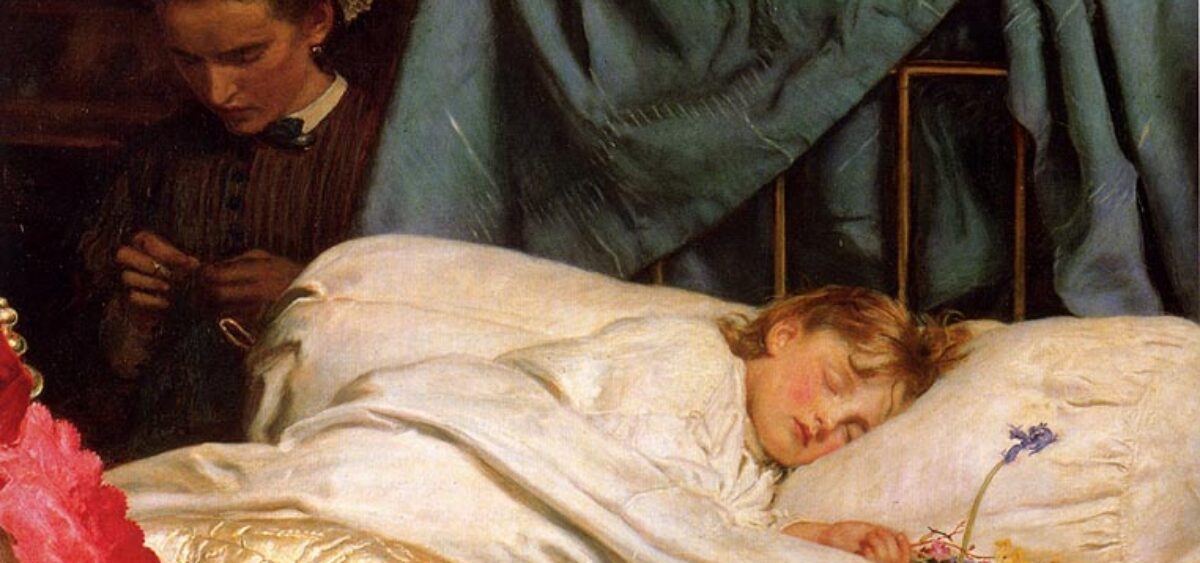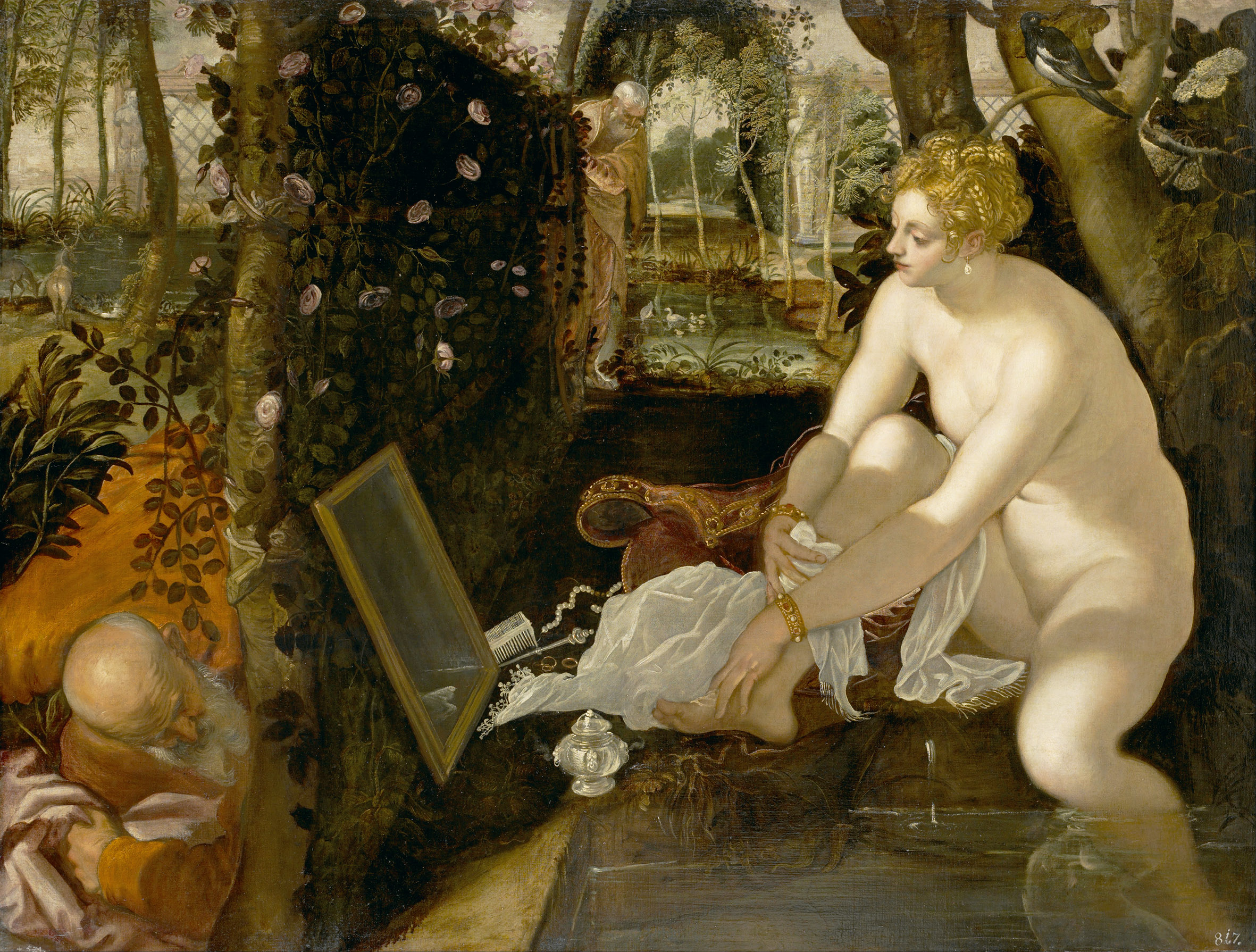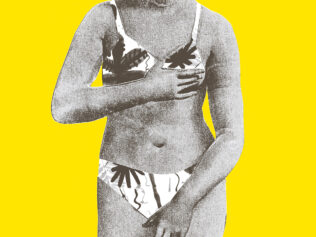
Pyjamas have already been home wear, beach wear and evening wear. A sloppy or elegant outfit, and also… unmasculine.
“Is the nightshirt or pyjamas
Your preferred attire in bed?
Do you live by yourself
Or with your belovèd?”
…sang the Warsaw favourite, Zuza Pogorzelska, in her 1926 song to the lyrics of Andrzej Włast, demonstrating that the choice must have been a big deal. But, more importantly, the question reflects the latitude in choice of nightwear on offer during the interwar period, as well as the growing popularity of pyjamas in womenswear.
French ladies clearly didn’t have such dilemmas. Around the same time, the Cȏte d’Azur began to be called the Pyjama Coast or, in the language of the day, ‘Pyjamopolis’. The popularity of this outfit must have been enormous, since the Venice Lido was tempting potential guests with “a beach, sunshine and pyjamas”. Anyone who could afford to wore silk pyjamas by Coco Chanel, and apparently those less well-off simply didn’t change out of their nightwear. Thanks to Coco, pyjamas escaped from the bed, not just onto the beach but much further, to places which the majority of society had never even dreamt of. Coco introduced decadent, silk, unisex pyjamas, with wide, flowing trousers and elegant men’s jackets – wearing them herself in the salons of high society.
However, before this happened, pyjamas had come a long way; both in time and space. The word paijama derives from Persian and Urdu. It comes from the combination of two words: pāy, meaning ‘foot, leg’ and jāma, meaning ‘clothing’. ‘Pyjama’ was the name for the pairing of loose, cotton or silk trousers, held at the waist with a belt, together with a long shirt, the kurta, which were worn every day across the Middle East, including in Turkey, India and Iran. Pyjamas appear in Europe only in the 17th century, as one of the many things brought by the British from the Indian Subcontinent. At first, they are worn about the house by colonial officials who happily ditch their wool trousers at the end of the working day in the hot and humid climate. They take their pyjamas back to Britain, where they fulfil the same function. Pyjamas achieved their current status only at the end of the 19th century. At this time, trousers were rarely part of the female wardrobe, and to wear them in public would have been unthinkable.
A shirt for shame
Obviously, this doesn’t imply that prior to pyjamas only nudity reigned in the bedrooms of the West. As Norbert Elias reminds us, sleepwear appears in Europe more or less at the same time as those other accoutrements of civilization: the fork and the handkerchief. Before then, people slept naked or didn’t undress at all. In the Middle Ages, however, not removing one’s shirt aroused suspicion; most often it was a sign of physical disability, as why else would one hide one’s body?
The now classic History of Clothing by Maria Gutkowska-Rychlewska begins – not without reason – with the characters of Adam and Eve, with the fig leaf. The desire to cover nakedness signals a deep change in consciousness and custom. This sense of shame enters spheres thus far untouched by it. And so, the nightshirt appears. It is not, however, entirely clear when this happened; analysis of medieval iconography shows that occasionally, in some higher-class circles, it was already being worn in the 14th century. It was normally made from linen, which is exceptionally durable and easy to look after, while, at the same time, airy and good at absorbing sweat. For decades, the nightshirt was a standard shape, most often a copy of the day shirt worn under the overclothes (with a few minor modifications). The night version even reached the ankles and was much looser; in short, shapeless in order to cover up the human body.
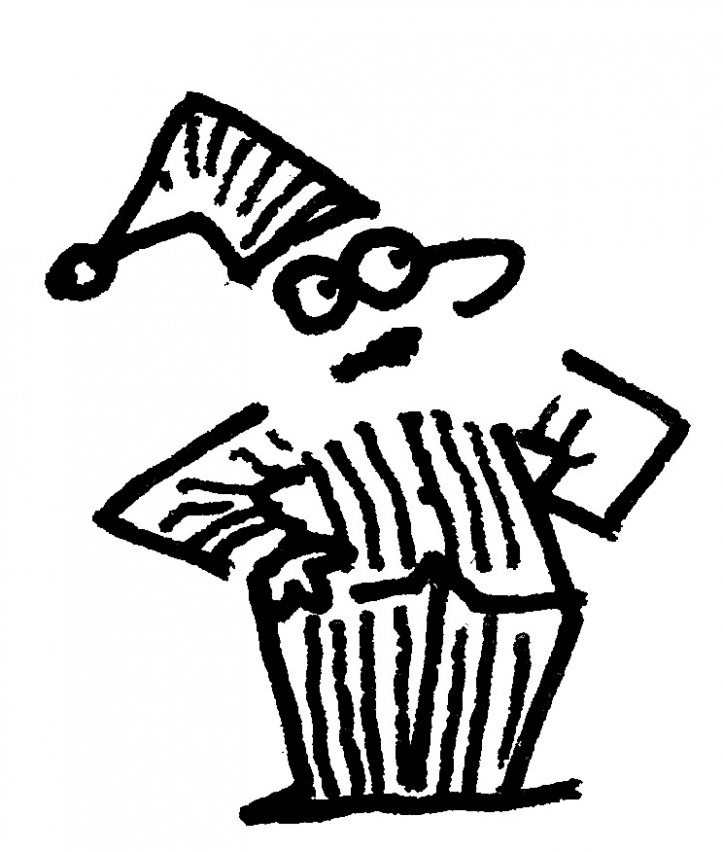
If night clothes signal the transition between the private and public sphere – and also the borderline between shame and freedom – then nothing undermines these clear divisions as much as the flourishing of court life in Europe. This disrupts the rhythms of the day and also changes the clear classification of dress. Puffy sleeves, flounces, lace collars and cuffs; the nightshirt starts to appear in drawing rooms. Risqué forms of house wear also start to emerge – half private, half public – such as the robe de chambre or the casual déshabillé dresses, known in English as negligees. The introduction of the negligee is often attributed to the Marquise de Montespan, (better known in English as Madame de Montespan), the lover of King Louis XIV, whose loose clothing was supposed to have concealed her pregnancy, but which in practice launched a new fashion. This is also when the dressing gown first appeared, designed to cover the night clothes and allow the wearer to go out, albeit only a few steps outside their private space. In the 1950s, “Przekrój” ran a competition to find a new translation for szlafrok – a Polonized version of the German word (Schlafrock) for a dressing gown commonly used in Poland. As a result, the word podomka – clothing to wear about the house – is gaining currency.
As with George Simmel’s drip-down model of fashion, the shame of the upper classes slowly filters down to the lowest classes. In the mid-19th century, the morality of Victorian culture demanded that one not only forget about the shape of the body, but also forget the body as a whole. If, previously, the nightshirt was supposed to conceal the body, now it was meant to protect the mind from the body. The bourgeois mentality separated the public and private spheres, and social life from family life. Fashion historians claim, however, that the prudery of the times left a lot of room for imagination. “By alluding to the body, which was never wholly naked”, prudery is revealed to be a subtle aphrodisiac.
Real men and their nightshirts
By the end of the 19th century, men are dreaming to a great extent in their pyjamas. Advertising is effectively pushing nightshirts out of their wardrobe, although this doesn’t mean that it wasn’t controversial. As late as the 1940s, a nightshirt supporters’ club was established. The anti-pyjamaists are quoted in a 1936 edition of The People magazine: “Real men don’t wear pajamas, they wear nightshirts and despise men who wear ladies’ clothing like pajamas. Theodore Roosevelt wore a nightshirt, as did Washington, Lincoln, Napoleon, Nero and many other famous people.” Although the club operated out of Montreal, New York had a large group of supporters who defended the nightshirt as a symbol of masculinity. Only it was seemingly difficult to reconcile these words with the warnings of the late 19th century about pyjamas in a woman’s wardrobe. These were already available and acceptable, although for a large number of the potential female clientele, they still raised doubts. The press warned that wearing pyjamas carried the risk of being labelled a suffragette. Although these claims were made several years apart, both irrevocably testify to the rising popularity of pyjamas even as they sparked fear in some quarters at the same time.
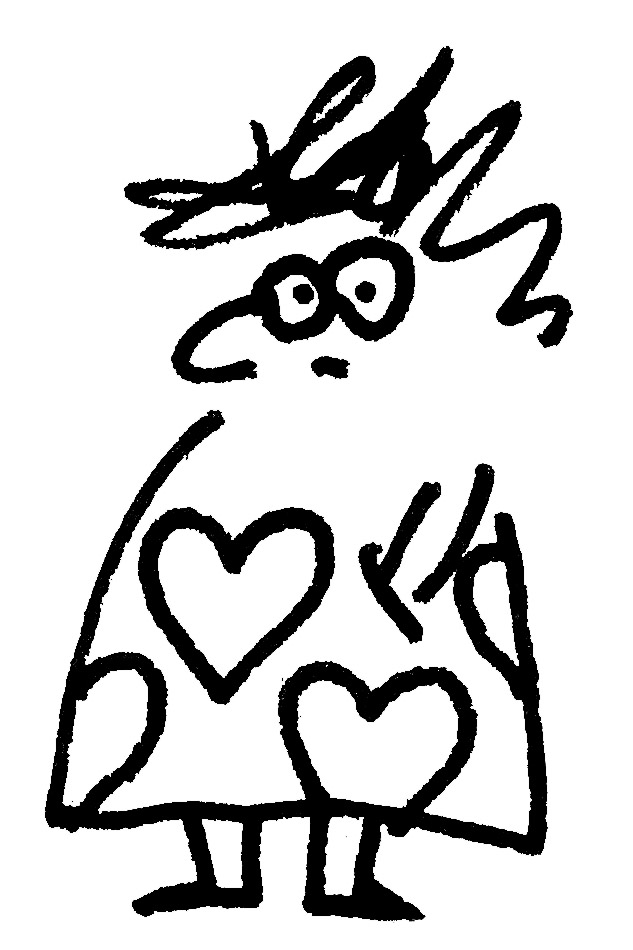
And so: a woman in pyjamas is unfeminine and a man in pyjamas is not masculine. This fear of the masculinizing power of pyjamas returns again just before World War II, when nightdresses start to look like ultra-feminine evening dresses. Innovations such as ‘cutting on the bias’ (cutting obliquely across the grain of the fabric), which was introduced on a grand scale by French designer Madeleine Vionnet, spread also to nightwear fashion. Long nightdresses, sewn from silk or satin, emphasize the female shape, literally entwining the figure. These changes prove that nightwear reflects the same tendencies that overclothes portray: namely fear and society’s fantasies.
Sloppy pyjama people
However, the changes in habits post World War II were unstoppable; the popularity of sport, tourism, travelling and a general increase in mobility made pyjamas a ubiquitous form of nightwear that you could spend a lazy morning in, and wear in front of your partner or close friends. Unlike flounces and lace, which firmly separated public and private spheres, the simple and casual pair of pyjamas, ironically, gained a more representative expression. This is a form that addresses the needs of a new standard of shame, where sleeping is no longer a strictly intimate activity.
The casual character of pyjamas also has its downside. The poet Agnieszka Osiecka created a stereotype of a person in pyjamas. “’Pyjama people’ are lazy, hypochondriac men, and specifically ‘the larval stage between a man and a woman,” she writes. They love to be ill: “then we put on our favourite, stained pair of pyjamas with an elasticated waist, pop on our uncle’s cast-off slippers, take to our beds and receive guests. The guests come and make us tea in the kitchen while we doze and are happy.” Pyjamas are therefore also a state of mind… of a man.
This childish vulnerability, which Osiecka links to a type of sloppiness, is perhaps an inseparable and universal feature of pyjamas. And, as such, it becomes the main accessory of the anti-war protests by John Lennon and Yoko Ono in the 1970s. Knowing full well that their wedding would attract a swarm of paparazzi, the couple cunningly took advantage of the interest. They spent their honeymoon in bed, ‘peacefully’ sitting in the glare of camera flashes – she in a white, floor-length nightshirt; he in a pair of classic, striped pyjamas. After the ‘nude’ cover of their record (Two Virgins), published barely one year earlier, this arrangement must have given an innocent impression.
Stripes like prison
Pyjamas have something of confinement about them when compared to a shirt, which is fully open at the bottom. This is further enhanced by stripes which, since the 19th century, have been a permanent feature of nightwear. “Striped pyjamas act as a cage that imprisons the sleeper, better to isolate him,” suggests Michel Pastoureau in his book about the history of stripes. The history of striped fabrics reflects the whole ambivalence of this isolation, because stripes were meant to identify and socially exclude people who diverged from acceptable norms – crazies and recidivists. Imprisonment in a cage, or exclusion, usually took the form of deprivation of rights and freedoms. The horizontal stripes on prison uniforms, mirroring prison bars, separate the prisoner from society. Stripes on night uniform, if we can call pyjamas that, while isolating, also shield the sleeper; at the same time protecting us as we lie at night, vulnerable and unaware. Striped uniforms also symbolize the transitional state between seclusion from and inclusion in society, and between consciousness and reality.
And what if the boundaries between work and sleep begin to blur? How should we describe the role and meaning of pyjamas today when sleep, according to the dreams of some, should be ever shorter, while we are meant to be ever more effective? Maybe we will return to sleeping naked or, more likely, not undress at all due to a lack of time? For now, we can opt for shirts with soft cushions on their sleeves, where we can rest our heads during short breaks from working at our computers. Or with zips – which have become significantly longer in recent years – we could zip ourselves up entirely, right to the top. Hiding our heads in hoods rather than in the cloud, we have a chance, albeit for a moment, to escape into sleep. Don’t wake me up, please!

Translated from the Polish by Annie Krasińska


